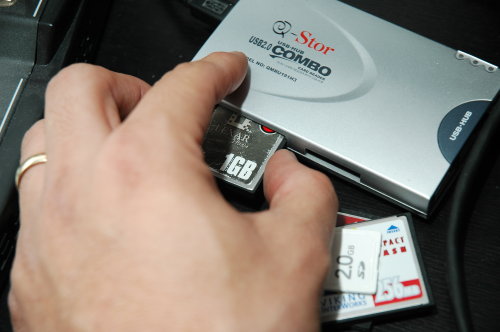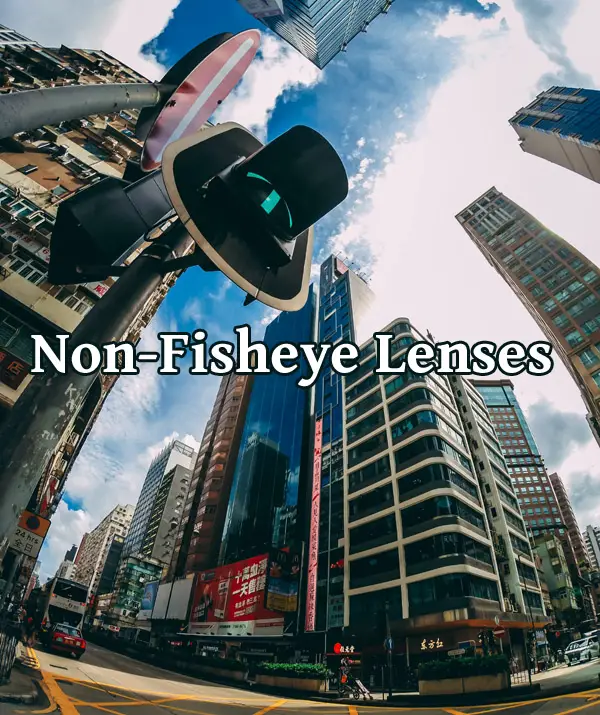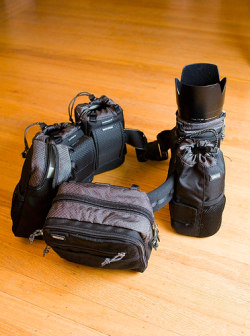Last night, as she tucked our son into bed, my lovely and talented wife came into the office in search of the camera. Our conversation went something like this:
Wife: “Where’s the camera? I need to take a picture of your son. How do you get this thing off the tripod?”

Me: “Wait a second. You’re going to need some light.”
Wife: “This is supposed to just be a quick snapshot.”
Me: “Do you want a blurry mess or do you want to be able to see what’s in the photo?” (Set flash to TTL BL, +1 EV, on-camera, oriented to bounce off ceiling and adjacent wall. Camera set to ISO 200, P mode, +0.7 EV)

Me: “Oops, you’re going to need some film.”
Wife: Grrr.

Me: “There you go.”
Wife: *Click!*
Me: “Hey, presto!”

Scene and composition: The Lovely and Talented Wife
Camera setup: Me
… Continue reading The making of a “simple” snapshot: a photo essay in four frames









 Think Tank Photo is a Bay Area based company making making bags and belt systems for cameras and lenses. I saw a belt system on a pro shooter several months ago and watching her work with it, I was convinced it was the way to go. If you saw a carpenter walk around with a bag or backpack and take it off every time he needed a different tool, you’d buy him a toolbelt. The think tank belt system is a tool belt for photographers. I’ve been using the Think Tank belt system for several months now and thought it was about time for a review.
Think Tank Photo is a Bay Area based company making making bags and belt systems for cameras and lenses. I saw a belt system on a pro shooter several months ago and watching her work with it, I was convinced it was the way to go. If you saw a carpenter walk around with a bag or backpack and take it off every time he needed a different tool, you’d buy him a toolbelt. The think tank belt system is a tool belt for photographers. I’ve been using the Think Tank belt system for several months now and thought it was about time for a review.






